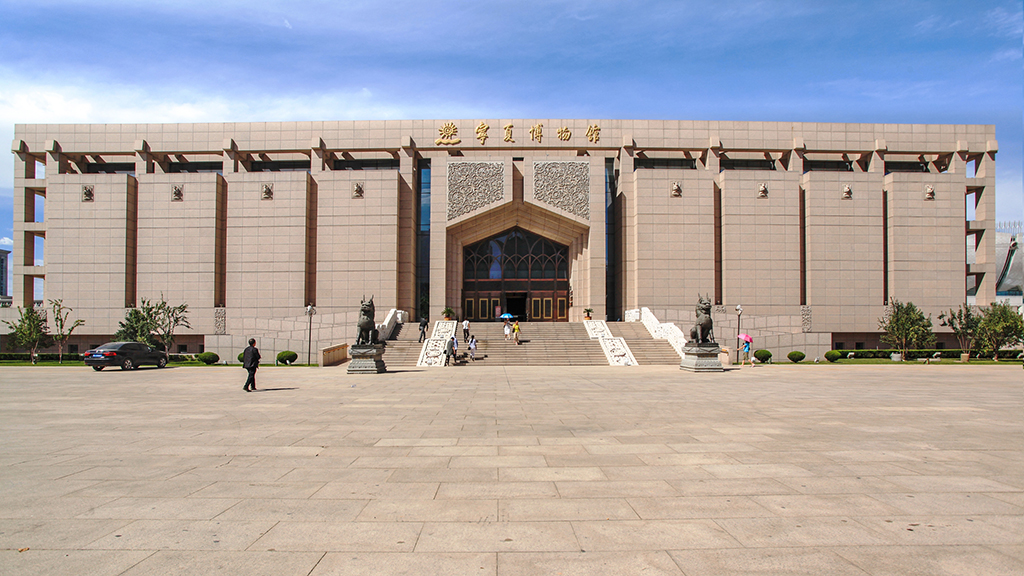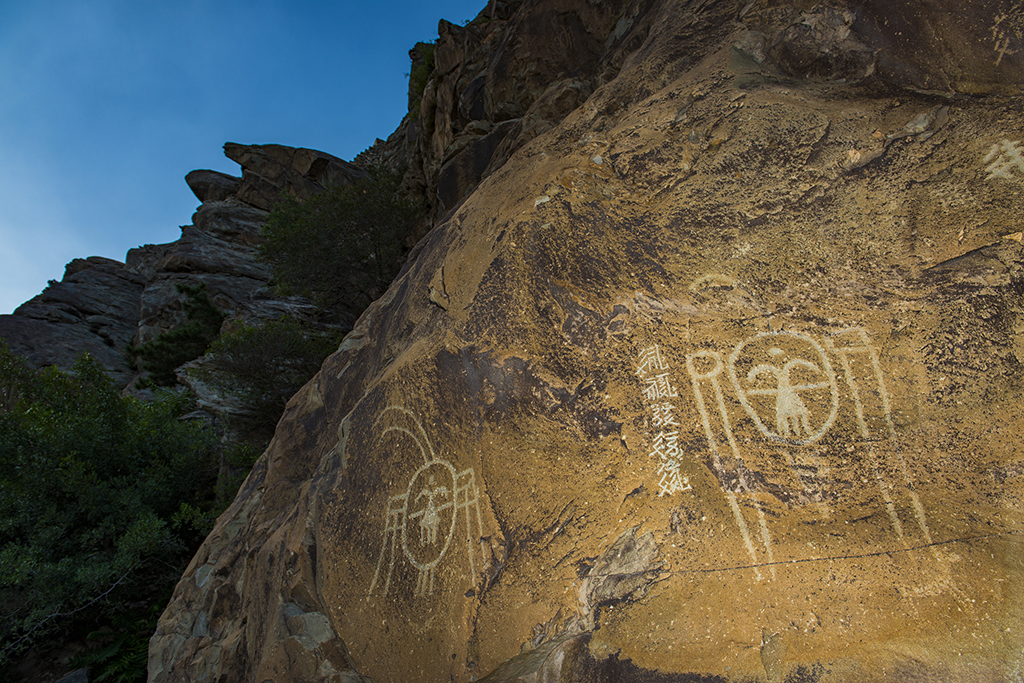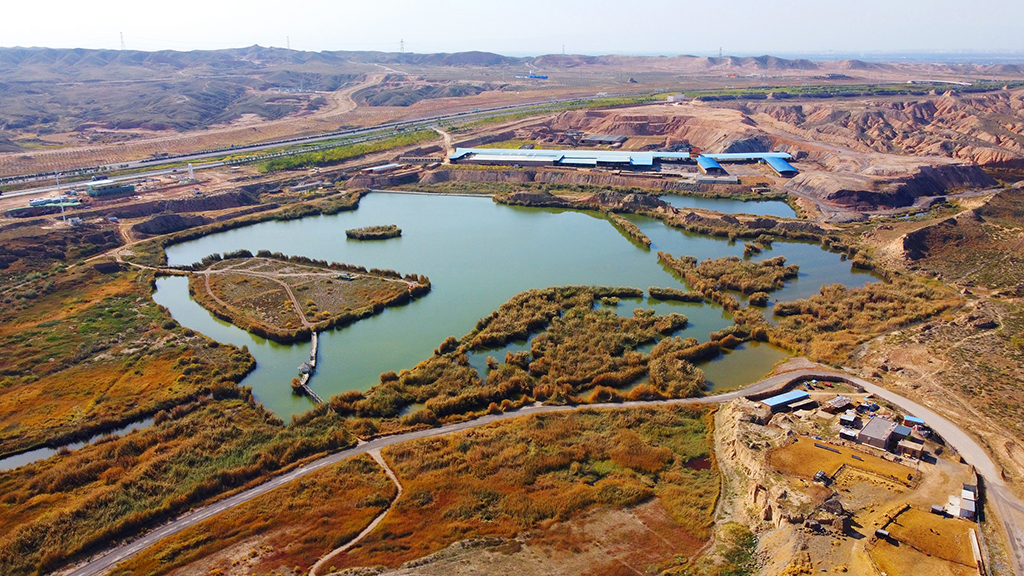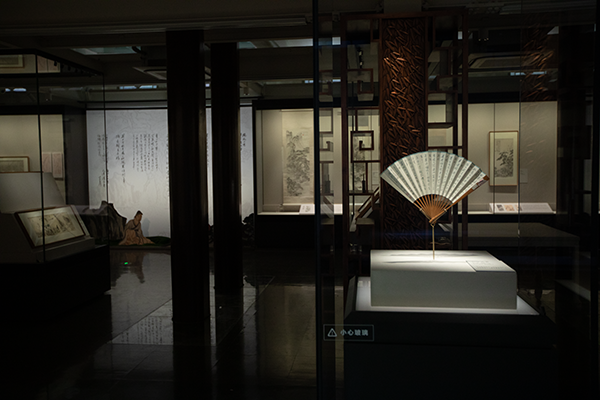Ningxia Hui autonomous region

Ningxia Museum
The museum is a great place to spend an afternoon in Yinchuan, in the Ningxia Hui autonomous region. There are a vast array of exhibits ranging from historical records and texts dating back more than 1,000 years ago to remnants of the prehistoric inhabitants of Ningxia, including primitive tools and artifacts, stone weaponry, jade ware, ancient currencies and totems.
Click the link to learn more about the Ningxia Museum

Rock Paintings of Helan Mountain
The Rock Paintings of Helan Mountain is a national tourist attraction and is an art gallery created by Chinese nomads.
In ancient times, the Helan Mountains were a herding and hunting region for northern ethnic groups. In the hinterland of the Helan Mountains, which is more than 200 kilometers long from north to south, there are more than 20 remains of rock paintings. Among them, the most representative is Helankou rock paintings.

Shuidonggou Site (Paleolithic)
Located in Shuidonggou village, Lingwu city, Ningxia Hui autonomous region, the Shuidonggou Site was discovered by French paleontologists in 1923. Through excavation, a large number of stone tools and animal fossils were unearthed there. As a result, the Shuidonggou Site has become the earliest site of ancient human culture in the Paleolithic Age in China. It has been honored as “the birthplace of Chinese prehistoric archaeology” and “the historical witness of cultural exchanges between China and the West”. In 2005, the Shuidonggou Site was rated as a national top level tourist attraction.





